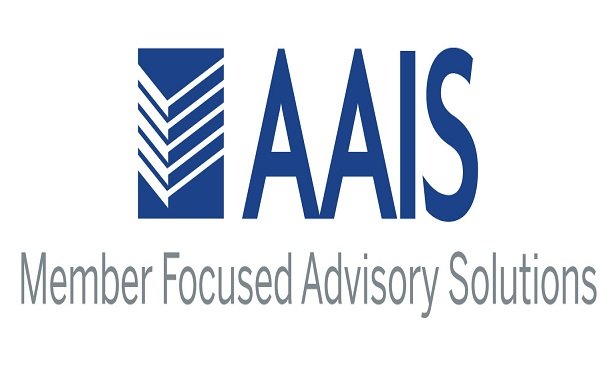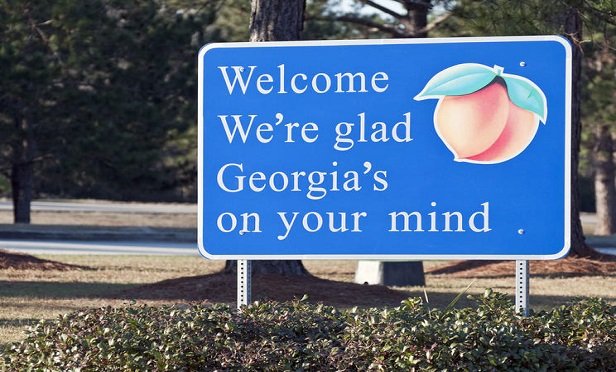The Federal Insurance Office should have the “ability toimmediately estimate exposures related to catastrophic events” andprovide it to the federal government.
|That's according to the vision for the FIO spelled out in theproposed 2014 U.S. budget released by President Obama on April10.
|Examples of a catastrophic event would include the Sept. 11terrorist attacks or Hurricane Katrina.
|The proposed budget noted the FIO's Federal AdvisoryCommittee on Insurance demonstrated its responsiveness toreacting to disasters by holding a public meeting soon afterHurricane Sandy struck the East Coast to discuss the future offlood insurance, which is a peril covered by the federal govermentvia the National Floof Insurance Program.
|The vision outlined in the budget proposal poseschallenges, says the Property Casualty Insurers Association ofAmerica (PCI).
|“There are some basic concerns and objections relatedto real-world limitations insurers face following these typesof events,” Dave Snyder, vice president of PCI, tellsPC360. Requested data also needs to be consistent anduniform for all states.
|PCI's Don Griffin, vice president of personal lines, explainsinsurers have been reporting information following catastrophicevents to state regulators, but uniformity is lacking. States usedto dealing with catastrophic events–the Southeast, for example–havea solid plan in place and insurers know what to expect. That is,insurers here typically know when to begin reporting and whatinformation to report. The same can not be said everywhere.
|Additionally, some insurers have a greater ability to complywith these data requests than others. National insurers, simply dueto the size and scope of its operations, may have more resourcesthan a small, regional insurer.
|However, insurers are comforted in knowing the data provided tostate regulators is confidential. The same assurances have not beenestablished at the federal level.
|Snyder says PCI does not want to replace the insurer-to-stateregulator reporting system. Nevertheless, the FIO could have a rolein establishing a uniform data-collection system across all states,with an understanding of obstacles such as access to policyholdersfollowing a storm.
|“There is an opportunity for a partnership here to establish aconfidential, uniform approach,” he says.
|States can then share the information they've gathered to theFIO if requested, and the FIO can dissementate the data to otherfederal agencies.
|The FIO was established by the Dodd-Frank Act to “monitorall aspects of the insurance industry, including identifying issuesor gaps in the regulation of insurers that could contribute tosystemic risk.”
Want to continue reading?
Become a Free PropertyCasualty360 Digital Reader
Your access to unlimited PropertyCasualty360 content isn’t changing.
Once you are an ALM digital member, you’ll receive:
- All PropertyCasualty360.com news coverage, best practices, and in-depth analysis.
- Educational webcasts, resources from industry leaders, and informative newsletters.
- Other award-winning websites including BenefitsPRO.com and ThinkAdvisor.com.
Already have an account? Sign In
© 2024 ALM Global, LLC, All Rights Reserved. Request academic re-use from www.copyright.com. All other uses, submit a request to [email protected]. For more information visit Asset & Logo Licensing.








